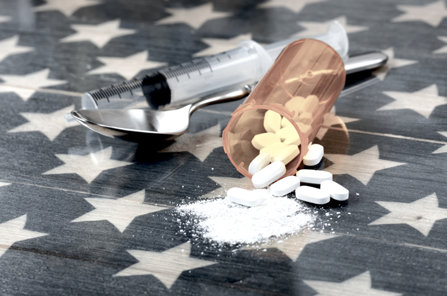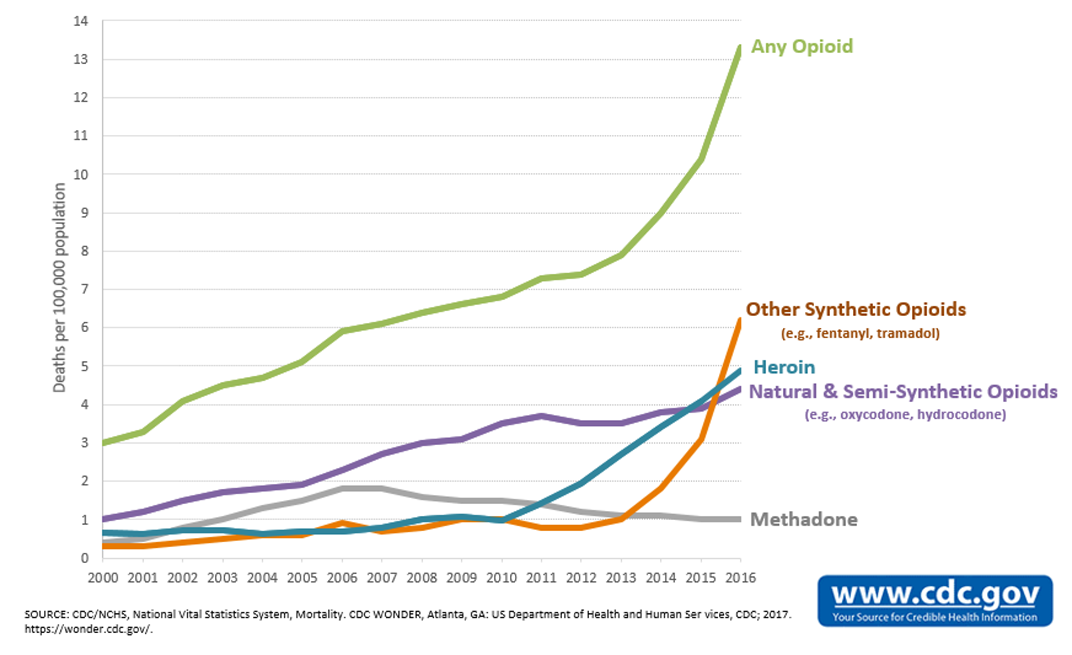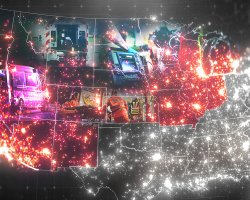Why Policy Changes Aren’t Enough to Curb Overdose Epidemic

The United States is trapped in the fiery chaos of an opioid epidemic. This has been an ongoing problem for almost twenty years, a gripping quandary of efforts to resolve pain phenomena amongst Americans and yet still avoid addiction difficulties. The opioid epidemic has grown, considerably, every year since the turn of the century. What began as an “issue” at the turn of the century became a problem shortly after. Then it developed into a crisis. Then it was labeled a health epidemic by the Centers for Disease Control and Prevention. Then it was decreed a National Public Health Emergency by our very President. There is no mystery anymore. We are in an opioid emergency, and we need to get out of it.
Now that the opioid epidemic has expanded and grown into one of the top health risks in the United States, the federal government has spent the last several years trying to do something about it. This has manifested primarily in policy changes, such as changing the way we process drug offenders under criminal law, changing how drug treatment centers operate, expanding law enforcement efforts and border patrol efforts, increasing funding to addiction treatment and prevention operations, and changing policies on pharmaceutical opioid prescribing techniques. Unfortunately, we are far past the point where policy changes would have done us any good. We need major effort across all sectors, and we need it immediately.
A Little Too Little, a Little Too Late
The hallmark of the governmental approach to addressing the drug problem has been, “A little too little, a little too late.” In fact, the feds should have never allowed the medical industry and the pharmaceutical industry to push hundreds of millions of highly addictive pharmaceutical opioids into the hands of the American people in the early 2000s. That was what started the addiction epidemic we are now stuck in.
But even allowing for the shift and increase in opioid prescribing and opioid addiction, the feds could have still done something about the growing drug concern. But they would have had to have started sooner, and they would have had to have done a lot more than what they did do. The classic, hallmark-style of governmental operations, “It takes a lot of time to get not a lot done,” was the death knell of any positive effect that the federal and state-level governments could have had on preventing the drug problem from reaching epidemic-level proportions.
The Reality of the Opioid Epidemic
According to the National Center for Health Statistics, about sixty-three-thousand Americans died from drug overdoses in 2016. Numbers for 2017 have not been fully tabulated yet. But the numbers for 2016 marked a seventeen percent increase from the fifty-six-thousand people who died from drug overdoses in 2015. And 2015 itself marked a significant increase from the forty-four-thousand and some who died from drug overdoses in 2014. Annual drug deaths of this order of magnitude are akin to losing an entire, mid-sized American city every year. In 2016, we lost more Americans to drug overdoses than the entire toll of American lives lost during the Vietnam War.
In a commentary on the subject, lead researcher, and professor of public policy and economics, Christopher Ruhm said that:
“…This is a problem that, until a couple of years ago, we associated with prescription opioids. Now it has moved into illegal ones, such as heroin and fentanyl.”

“It’s obviously really terrible news. This tells us the situation, if anything, seems to be accelerating. This is a problem that, until a couple of years ago, we associated with prescription opioids. Now it has moved into illegal ones, such as heroin and fentanyl.”
And he’s right, too. We are facing an addiction epidemic that strikes out at us from multiple sides. This is not a simple problem with only one drug substance. This is a problem that involves many substances, which is again why just changing a few policies around on state and federal levels will not be sufficient in reducing the epidemic.
For example, the National Center for Health Statistics reported that more than twenty-three-thousand Americans died from overdoses on fentanyl and other synthetic opioids in 2016. This is just one type of drug, a drug that was not planned for at all. A synthetic opioid is an opioid drug that is a hybrid of several types of opioids. Most synthetic opioids are hybrids of fentanyl and heroin, fentanyl and painkillers, or painkillers and heroin. In 2016, heroin alone killed more than fifteen-thousand people. Painkillers alone killed fourteen-thousand people. These are all complex yet connected problems that cause endless turmoil for us.
A Crippling Risk to the Lives of Americans
The America’s Health Rankings Program also weighed in on this complicated epidemic, showing again that our country will need far more than simple policy change to cure it of the terrible overdose issues that we are currently stricken with. The America’s Health Ranking Program offers information which is added to and crosschecked by both the United Health Foundation and the Centers for Disease Control and Prevention, all to give us insight into this problem.
According to their information, drug deaths rose by seven percent in one year, from fourteen deaths per one-hundred-thousand to fifteen per one-hundred-thousand. Men die at a rate of eighteen per one-hundred-thousand, women at eleven per one-hundred-thousand.
The consensus amongst medical experts like Christopher Ruhm and Dr, Rhonda Randall (the chief medical officer for United Healthcare) is that the government is taking steps to do something about the problem, but they are not taking enough steps, and they are not taking them rapidly enough either. Today, an American is more likely to die from a drug overdose than a car accident. That’s the real risk to the lives of the American people that we are facing now.
Again, Christopher Ruhm speaks out on how the government just isn’t doing enough to address the lethal epidemic:
“We’re in the process of passing enormous tax cuts that are going to raise the federal deficits. They’re going to need to cut Medicare and Medicaid to address the budget crisis they’re creating…”
“We’re in the process of passing enormous tax cuts that are going to raise the federal deficits. They’re going to need to cut Medicare and Medicaid to address the budget crisis they’re creating. That’s not the response I would hope to see.”
What Actions the Government Could Do to Make a Real Change
There are many approaches that both federal and state governments could take to make real change in improving the condition of drug abuse in America. One approach would be to bring lawsuits against pharmaceutical manufacturers and distributors alike for the part they have played in causing the epidemic. And rather than just fining multi-billion dollar pharmaceutical giants, the end result of such lawsuits should be actually forcing the companies to completely overhaul their pharmaceutical drugs to make them far less addictive.
Another action that the government could take would be to increase funding towards drug and alcohol addiction treatment programs as opposed to increasing funding for the incarceration of addicts. Non-violent drug offenders should be treated through drug and alcohol rehab programs, not the prison system.
Yet another action that the government could take to really fight back against the drug problem would be to create massive educational programs in all public and private schools across the United States, starting in elementary school and climbing all the way up into colleges. Education is the best preventative strategy, and teaching American youth the truth about drugs and alcohol would be very effective in stopping drug abuse before it even happens.
There are lots of potential strategies we haven’t even begun to tap into yet when it comes to addressing the U.S. drug problem. We need to start working these approaches into our focus, and we need to do this quickly too before the addiction epidemic gets any worse.
Sources:


 ®
®